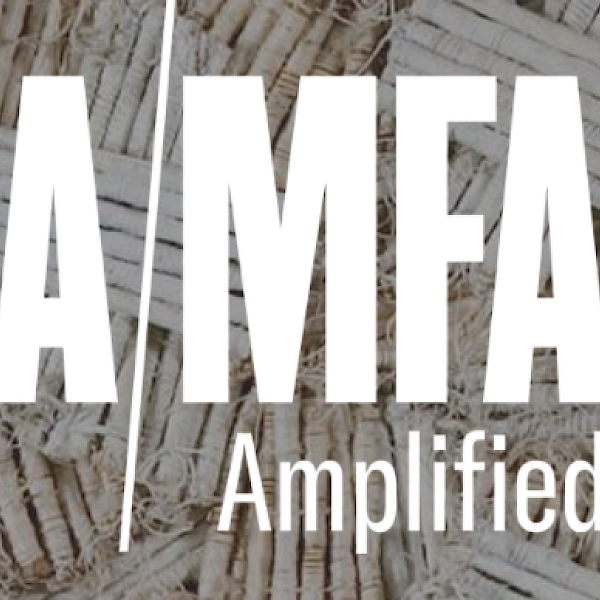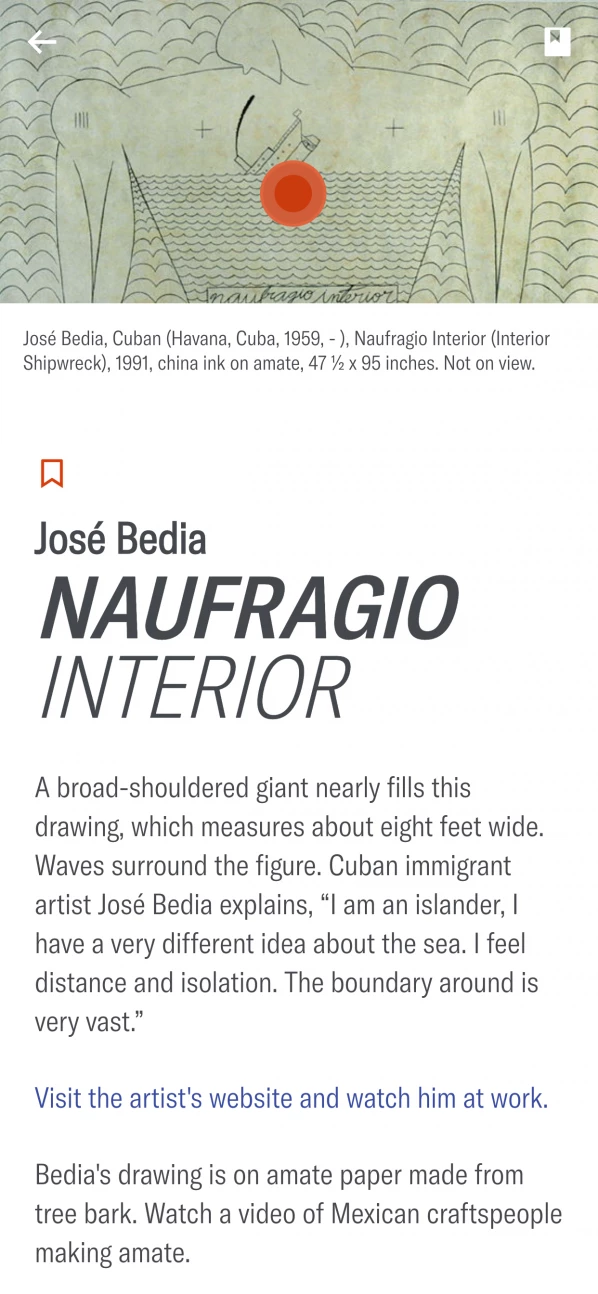


AMFA Amplified app connects art and community
The Arkansas Museum of Fine Arts launched AMFA Amplified, a mobile application designed to create deeper connections with artists, the Museum’s art collection, and programs.
Mobile application features works from the AMFA Foundation Collection

The free mobile app offers new ways to engage with the Museum and its collection. The program is set to continue – featuring new artworks, a tour of AMFA’s new architecture, and new ways to engage with AMFA offerings – when the new Arkansas Museum of Fine Arts opens in Little Rock’s MacArthur Park in the Fall of 2022.
Within AMFA Amplified, users can experience tours of works of art from the Arkansas Museum of Fine Arts Foundation Collection organized thematically and featuring contemporary craft works currently on view at Central Arkansas Library System branch locations. Additional works from the AMFA Foundation Collection – paintings, photographs, drawings, collage and more – not currently on view add context to the contemporary craft works that visitors can see across CALS locations. The free app is available in both Apple and Google Play stores.
“Through the AMFA Amplified app, viewers can explore and engage with this special selection of works from the AMFA Foundation Collection,” said Brian J. Lang, Chief Curator and Windgate Foundation Curator of Contemporary Craft. “The tours in the app invite users to take a closer look at the details of these remarkable objects. Through AMFA Amplified, viewers will see these works of art in a new light – leading to new insight and renewed inspiration.”
Themed tours include medium-based explorations: women artists working in ceramics, glass art, baskets, and works made using natural materials found in Arkansas. Other tours explore creative themes shared by artworks and the libraries where those works are on view: a “Gone Fishin’” theme at Maumelle Library on Lake Valencia, flora and fauna-themed artworks at Williams Library near Dunbar Garden, and word art at Fletcher Library, named for Pulitzer-Prize winning author John Gould Fletcher.
AMFA Amplified offers viewers a closer look into the ever-evolving research into the AMFA Foundation Collection art and artists. Behind the scenes, AMFA curators and scholars are incorporating the latest scholarship with original research of their own to inform interpretation of the AMFA Foundation Collection’s 14,000 artworks. Within the AMFA Amplified app, this work is now accessible to the community to engage more deeply with the stories and the significance of the art held within the AMFA Foundation Collection.
The AMFA Amplified app is part of a larger initiative on the part of the Museum to make the AMFA Foundation Collection more accessible to the public ahead of the opening of the new building in 2022. Later this year, the Museum will also launch a new feature on its website where users can search and view works of art from the AMFA Foundation Collection.
In the AMFA Amplified app, users can learn more about the new Arkansas Museum of Fine Arts, currently under construction in Little Rock’s MacArthur Park. The new AMFA, an architectural landmark for the region scheduled to open in 2022. And true to its name, the mobile application will continue to “amplify” the experience of visiting the Museum upon its opening in 2022 with more collection stories, architecture tours, and other innovative ways to engage with the Museum’s programming.
“We look forward to continuing to offer opportunities for our community near and far to explore the AMFA Foundation Collection,” Executive Director Victoria Ramirez said. “When the new Museum opens in 2022, guests’ visits to our beautiful new space can continue from their phones long after they’ve left the Museum through engaging stories like those found in AMFA Amplified.”
AMFA Amplified is supported in part by a grant from the Arkansas Arts Council, a division of the Department of Arkansas Heritage and the National Endowment for the Arts and is presented in partnership with the Central Arkansas Library System. Additional funding is provided by Nucor Divisions – Arkansas and a grant from the Arkansas Humanities Council and the National Endowment for the Humanities.


